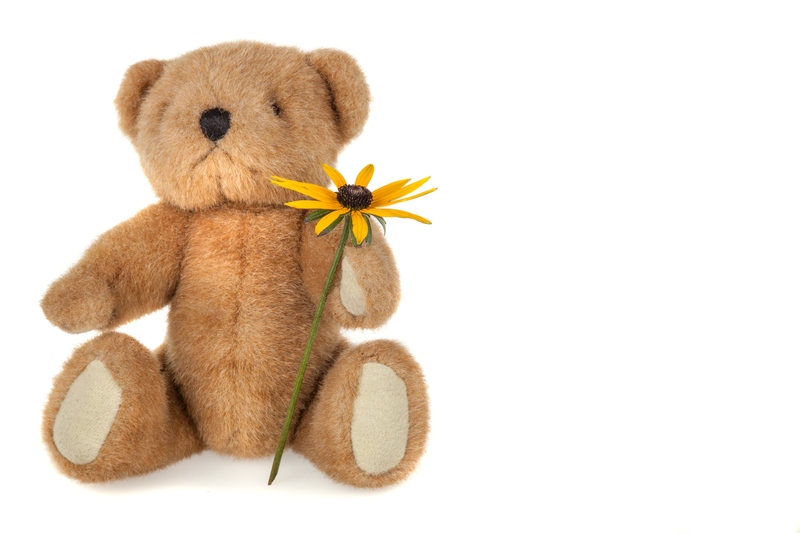Sculpt a Tranquil Sanctuary by Embracing Minimalism and Decluttering
In today's fast-paced world, our homes should be more than just a place to sleep--they should serve as a tranquil sanctuary where we can unwind, rejuvenate, and rediscover our best selves. Unfortunately, clutter and chaos can easily undermine this goal. By embracing minimalism and decluttering your living space, you can sculpt a haven of calm, beauty, and balance. This comprehensive guide explores how minimalism and strategic decluttering pave the way to inner peace and a harmonious home.
Understanding Minimalism: More Than Just Fewer Things
Minimalism is not merely about reducing possessions; it is a conscious philosophy that focuses on intentional living, simplicity, and clarity. At its core, minimalism encourages individuals to surround themselves only with items that add value to their lives, eliminating distractions and, in turn, fostering deeper connections with their environment.
- Intentionality: Choose purpose over abundance.
- Simplicity: Seek beauty in simplicity rather than excess.
- Functionality: Opt for items that serve multiple functions.
- Mindfulness: Remain aware of how your surroundings affect your mood and productivity.
The Benefits of a Minimalist Lifestyle
When you adopt minimalism and begin decluttering, the benefits reach far beyond just a tidy home:
- Reduced Stress: Clutter is visually overwhelming. A clear space breeds a clear mind.
- Improved Focus: Fewer distractions allow you to concentrate better and think more clearly.
- Enhanced Aesthetic: Minimalist decor highlights quality over quantity, making your home look elegant and serene.
- Increased Freedom: Less stuff makes cleaning easier and frees up time for what matters most.
- Environmental Impact: Purchasing less and choosing wisely fosters sustainability.

Decluttering: The Foundation of a Tranquil Sanctuary
To sculpt your home into a tranquil retreat, decluttering is essential. It's about more than just tossing out unwanted items; it's a transformative process that paves the way for a minimalist lifestyle and a peaceful mind.
Why Decluttering Matters
Studies reveal that cluttered spaces can elevate cortisol levels, raising stress and anxiety. By consciously removing unnecessary items, you create a sense of order and tranquility, allowing your sanctuary to breathe.
- Mental Calm: A tidy space radiates calm and promotes relaxation.
- Time Efficiency: Finding essentials becomes much easier, saving precious time daily.
- Positive Energy: Open spaces invite positive flow and boost well-being.
Step-by-Step Guide to Decluttering Your Home
Begin your journey to minimalism and decluttering with these actionable steps:
1. Set Your Intention
- Visualize your ideal tranquil sanctuary.
- Ask yourself: How do I want my space to make me feel?
- Set realistic goals and deadlines.
2. Start Small
- Begin with one room or even a single drawer to build momentum.
- Document your progress to stay motivated.
3. Sort and Categorize
- Divide items into four categories:
- Keep
- Donate
- Recycle
- Discard
- Be honest--do you really need each item?
4. Let Go and Release
- Embrace the freedom in letting go of unused or unnecessary possessions.
- Focus on the functionality and joy each retained item brings.
5. Organize What Remains
- Designate a specific place for each item.
- Use storage solutions that complement your minimalist design.
- Prioritize easy access to frequently used objects.
6. Maintain Your Sanctuary
- Adopt regular tidying habits--a little each day goes a long way.
- Practice mindful shopping: only bring in items that serve a true purpose.
Minimalist Decor Principles: Creating a Tranquil Environment
Now that you have cleared the clutter, it's time to embrace minimalist decor. This will enhance the sense of tranquility in your home and magnify the sanctuary effect. Incorporate the following design principles for a soothing and harmonious space:
Neutral Color Palettes
Opt for calming colors such as whites, soft grays, beiges, or muted earth tones. These hues create an open, airy atmosphere that promotes peace and relaxation.
Natural Light and Open Spaces
Maximize natural light by keeping window coverings minimal. Open floor plans encourage a feeling of spaciousness and flow.
Quality Over Quantity
Select fewer, high-quality furnishings and accessories. A single piece of artwork or a minimalist sofa can make a far greater impact than multiple decorative accents.
Incorporating Nature
Invite elements of the outdoors inside with indoor plants, wooden accents, and natural fibers. These details boost tranquility and offer a connection to nature.
Clear Surfaces
Keep countertops, tables, and shelves uncluttered. A few thoughtfully chosen pieces--like a single vase or candle--can provide beauty without chaos.
The Psychological Impact of a Decluttered, Minimalist Space
Research shows that our environment dramatically affects our psychological well-being. A clean, airy, and well-organized living space reduces mental load, increases productivity, and encourages better sleep.
- Improved Mood: Order and harmony in your environment translate to improved emotional health.
- Enhanced Creativity: Open spaces free the mind to think and create.
- Relaxation: Tranquility at home supports deeper relaxation and recuperation after a busy day.
Minimalism Beyond the Home
Minimalist principles can extend to all areas of life, including your work space, digital environments, relationships, and time management. Prioritizing meaningful connections, tasks, and experiences can help sculpt a tranquil sanctuary for your entire life.
- Unsubscribe from unnecessary emails and declutter your digital files.
- Curate your calendar, focusing on what brings value and fulfillment.
- Embrace mindful consumption--choose experiences over things.
Common Challenges and How to Overcome Them
The journey to minimalism isn't always easy, especially when facing emotional attachments or resistance from household members. Here are quick strategies to overcome these hurdles:
- Sentimental Attachments: Allow yourself to keep a few precious mementos, but consider photographing items to preserve their memory without their physical presence.
- Family Buy-In: Involve loved ones by explaining the benefits of a serene home and inviting them into the decision-making process.
- Fear of Missing Out: Reframe your mindset by acknowledging the peace and satisfaction that intentional living brings.
Maintaining Your Sanctuary Long-Term
- Schedule periodic decluttering sessions to keep your spaces in check.
- Cultivate habits like the "one in, one out" rule to prevent accumulation.
- Reflect regularly on how your environment affects your mood and adjust as needed.

Frequently Asked Questions
1. How do I start decluttering if I feel overwhelmed?
Start small. Tackling just a drawer or a single shelf can provide a sense of accomplishment and motivate you to continue. Celebrate these small wins!
2. Is minimalism about getting rid of everything?
No. Minimalism is about keeping what matters most, not living with as little as possible. It's about curated, not austere, living.
3. How often should I declutter?
Seasonal decluttering sessions work well for many, but the most important aspect is regular maintenance. Incorporate daily or weekly tidying habits.
4. How do I handle items with sentimental value?
Keep a small number of cherished items, display them proudly, or photograph them before letting go. Remember, the memory is more important than the object.
5. Can minimalism work with children?
Absolutely! Encourage children to participate by making decluttering fun and teaching them the joys of simplicity and gratitude.
Conclusion: Embrace Minimalism and Decluttering to Sculpt Your Tranquil Sanctuary
A tranquil sanctuary is not a distant dream but an accessible reality. By embracing minimalism and decluttering, you nurture a space where peace, beauty, and joy can flourish. This transformation begins with the courage to let go, the discipline to prioritize, and the wisdom to value meaning over mere possession.
Take the first step today. Whether it's clearing a countertop, donating unused clothes, or simply choosing intention over impulse, each move counts. Soon, you'll find yourself living, not just in a house, but in a harmonious oasis that supports your well-being and reflects your true self.
Start now, and sculpt your tranquil sanctuary--one mindful choice at a time.